The airport of Kisangani welcomes us with a nice and friendly officer of the immigration department. He recommends us a taxi driver and after we found to our own surprise our luggage, we leave the desolate airport. The ceiling and walls seem to be looted and only a huge chandelier remains as a reminder for better times. I negotiate the price from 60 US dollar to town down to 25 US dollar and we set of. In town we find a nice hotel with aircon and I even manage to negotiate that two men can stay in one room; a taboo in Congo. We set out for a walk in the city. Most of the asphalt in the city looks back to better times and gives up against the neglect of roads. At the river promenade parking, staircases and some walls remind of glamorous times, back when the roads were busy with cars. The city center is still framed by huge buildings of the colonial times and with imagination you can see a splendorous city with palm alleys and a beautiful boulevard.
Dieser Artikel hat einen deutschen Gegenpart: Bootsfahrt auf dem Kongo
We take seat at a cafe and wait for our contact in the city. Mama Louise is a self-confident business woman, house wife and used to work with tourists. She shows around and takes us to the port. She has already organized our first option to float down the river. A pusher-boat with some space for us on deck going to Kinshasa. Two to three weeks later we would have arrived there. A long time and we feel do not feel lazy enough to do nothing for 3 weeks. We look for another option. We find a boat that would take us to Lisala for 60 US dollar per person. The only problem is the departure date. It’s Thursday and they plan to leave Monday or Tuesday. With Congolese precision this could also mean later. So we agree to this option, but keep an open eye for other boats leaving downriver.
The next day, we set out to visit the Wagenya Falls. Formerly known as Stanleyfalls, these waterfalls are famous for the Wagenya fishermen. With huge baskets set up in the falls they catch their prey in an unique way. Asking for 50 US dollar per person to see this, we immediately decide to have a look at them from the distance and even negotiating the price as low as 10 US dollar per person, we feel overcharged for some pictures.
As we walk back to Kisangani, we pass the riverfront and check every harbor for ships. As we pass the cathedral, almost giving up our search, we see a Baleinière, as locals call this kind of cargo vessel. The accountant is very friendly and offers us a ride to Bumba, three or four days downstream. We would get a cabin and the price was with 40 US dollar not to bad. We head back to our cafe and discuss our options. Soon it becomes clear, that we will go with this option, as it leaves the next day and gives us more opportunities at our destination.
We walk to the market to buy our supplies. Corned beef, bottled water and cookies for desert. Some bread will join the supplies in the morning. We assume that we will get fresh fruits along the way and maybe some more food. I withdraw the last time money from an ATM. The next one will be in Mbandaka. We exchange US Dollars into Congolese Francs as the small villages along the river only use Francs. The last evening in Kisangani, we spend in the dark. The power is off! It’s our start in the dark age. Until Kinshasa we will never find a public electricity network again. Our light depends from now on on generators. And we make use of them already in Kisangani at the cathedral. We arrive early at the port and have to wait until the last piece of cargo is on board and all passengers registered with the DGM. In the meanwhile we charge our batteries as much as possible. The boat is now charged to it’s maximum was well 51 metric tons accumulated under deck stacked to a huge pile, along the railing and even in the bridge is packed. Our backpacks are safely stored in the captains cabin and as the DGM calls our names, we climb on board.
At 12 o’clock on Saturday the boat leaves the shore as we set out for Bumba. Out of reach of the officials, in the midday sun, we sit on the roof of the bridge. We take our cameras out and start taking pictures. The officials on shore forbid us to do so, but here the captain is in charge and we use the opportunity to take some pictures of Kisangani. On board, we are lucky to enjoy the company of some great personalities. Ambitious, nice and helpful they soon discover their chance to present the country from their perspective.
They tell us stories about the boats passing, the ruins along the river, the plantations and the history of the towns on the shore. It’s the true story of a country that has seen many ups and downs. This boat ride brings me back to the roots of the psyche of the country. Even though at this point I don’t understand everything. It will take me months to get a small grip as this country’s history fascinates me more and more. 141 years after the history of the today’s Democratic Republic of Congo started with the boat journey of Henry Morton Stanley, I drift down the river and see what exploitation, enviousness, incompetence, conflicts, dictatorship and mismanagement has made out of this country. The people are usually generous, polite and open-minded, sometimes critical or precautions and rarely voracious. But you can feel their burden and the struggle in their hard lives.
As our boat struggles with engine problems, we us the chance to go ashore and visit the small villages. We are faced with curiosity and openness. Our friends from the boat always accompany us, translate and negotiate prices for us. The live along the river is challenging and as we watch children play ambitiously soccer, women cook next to the river and men repair their fishing nets. As the game finishes the kids run into the river to cool off.
- Kinder winken vom Ufer
- Hartes Fussballspielen
- Marktfrau in einen kleinen Dorf entlang des Kongos
We climb back on board, eat our supper and sleep on „our“ borrowed mattress. The boat carries mattresses as cargo and we receive one for sleeping and resting. It is basically our new living room on the roof of the bridge.
With a canvas we build a roof to protect ourselves from the sheer equatorial sun and at night we sleep under the clear sky, stars shining extremely bright and distinct. With the first light, we leave the shore and float down the river again. It is to dangerous to travel at night and as our engine keeps struggling every day, we travel less than expected even during the day. As the crew repairs one engine and the crankshaft of the propeller, we enjoy some calm hours on deck or refill our stocks on bananas and pineapple in the small villages. The food is bearable, the manioc product called „Chikwangue“ or „kwánga“ (in Lingala) one of the main sources of energy and I even try snake. But the „chicken“ I do not touch. The bones are too long and they turn out to be bats. Something I promised myself not to try.
- Pusher fully packed
- Measuring the depth
- Sharing food on board
The river still holds it’s risks. Everytime the water ripples too much, it is a sign for shallow waters. A long stick is then used to test the depth and at one point we get stuck on a sandbank. With all passengers and crew in the water pushing the boat, we manage to free ourselves. It could have been a long struggle. And even the last meters to Bumba are a kind of struggle again. We run out of fuel for the last two kilometers. After 381 kilometers, the engines stop and we drift, we drift ashore and someone climbs off the ship and runs to get fuel. Three liters are missing. That’s what I call a tight calculation.
But we arrive in Bumba five days after we left Kisangani. A long boat ride, planned for three or four days, finishes. The captain brings us to the Catholic Mission of Bumba where we are welcomed by a sleepy but very kind missionary. It’s the first major stage for crossing the Congo, but right now I only want to rest and relax. Along the harbor we find a restaurant serving cold drinks. With the next days in mind we enjoy the evening and work on the next part of the adventure. One thing is sure: we are deep in the country and with not many options to continue.
Crossing Congo – The moving Perspective
Video-Link: https://www.youtube.com/watch?v=DN7Qk8o24pI
Crossing Congo – The Series:
Part 1 – Heartland
Part 2 – The East
Part 3 – Glowing Earth
Part 4 – Majestic Gorillas
Part 5 – The Flying Whistle
Part 6 – The Stream
Part 7 – Jungle Bumps
Part 8 – Equator Rocks
Part 9 – Capital Walks
Can’t wait for more?
Check out the German series of „Crossing Congo„!

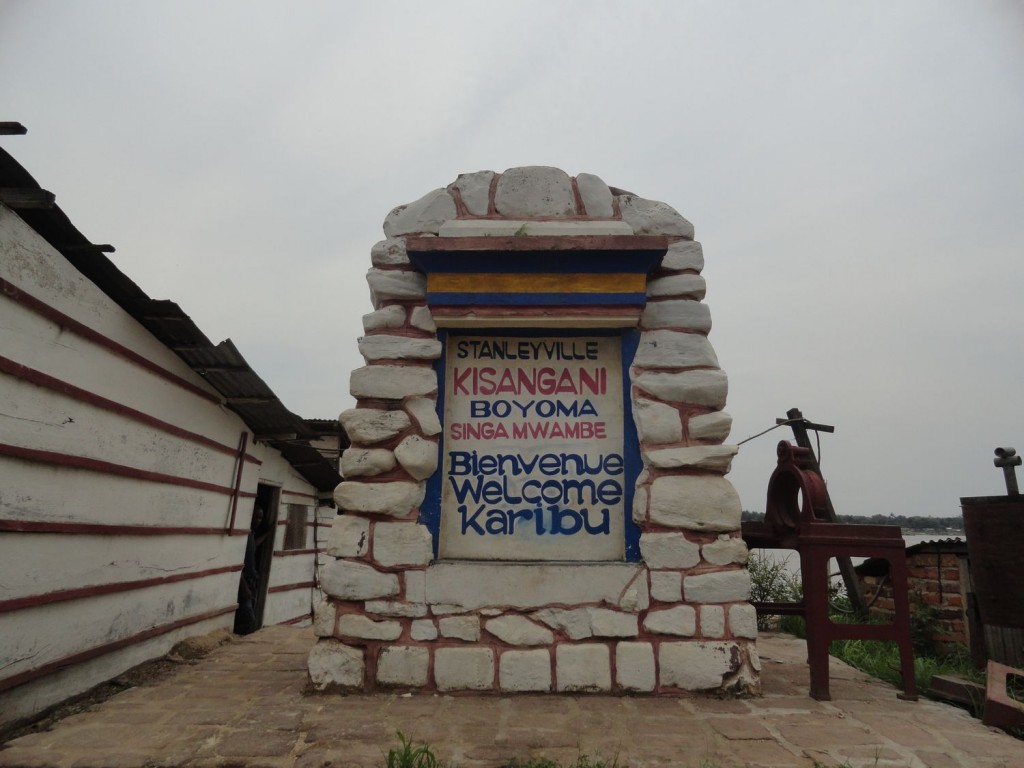
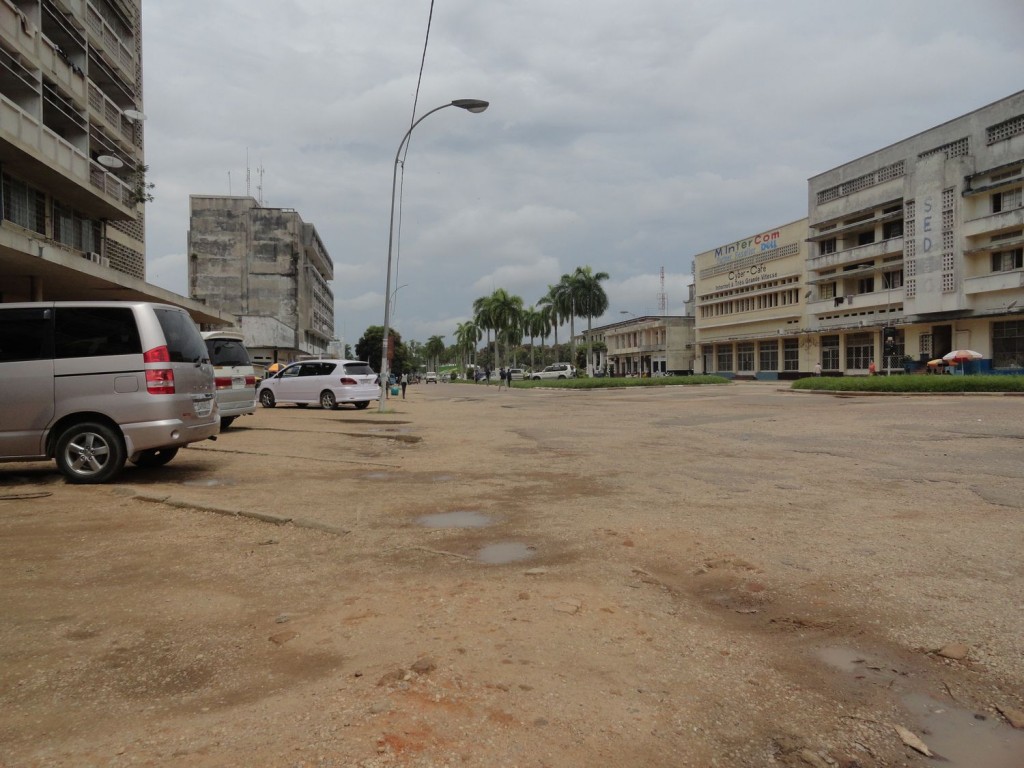
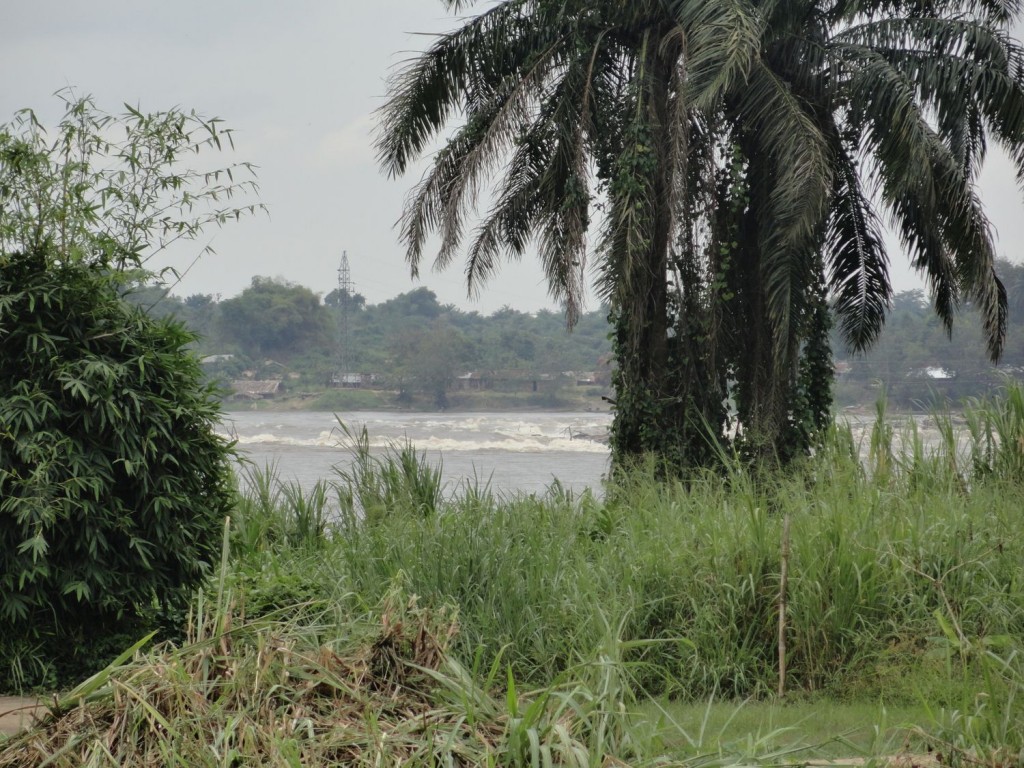
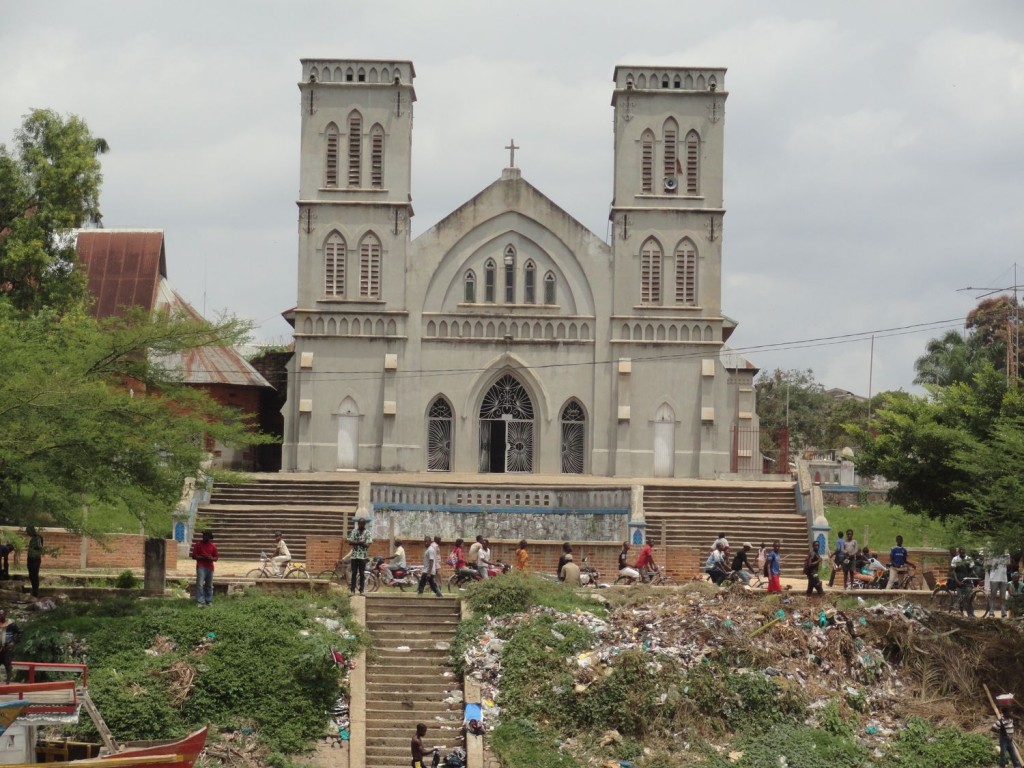
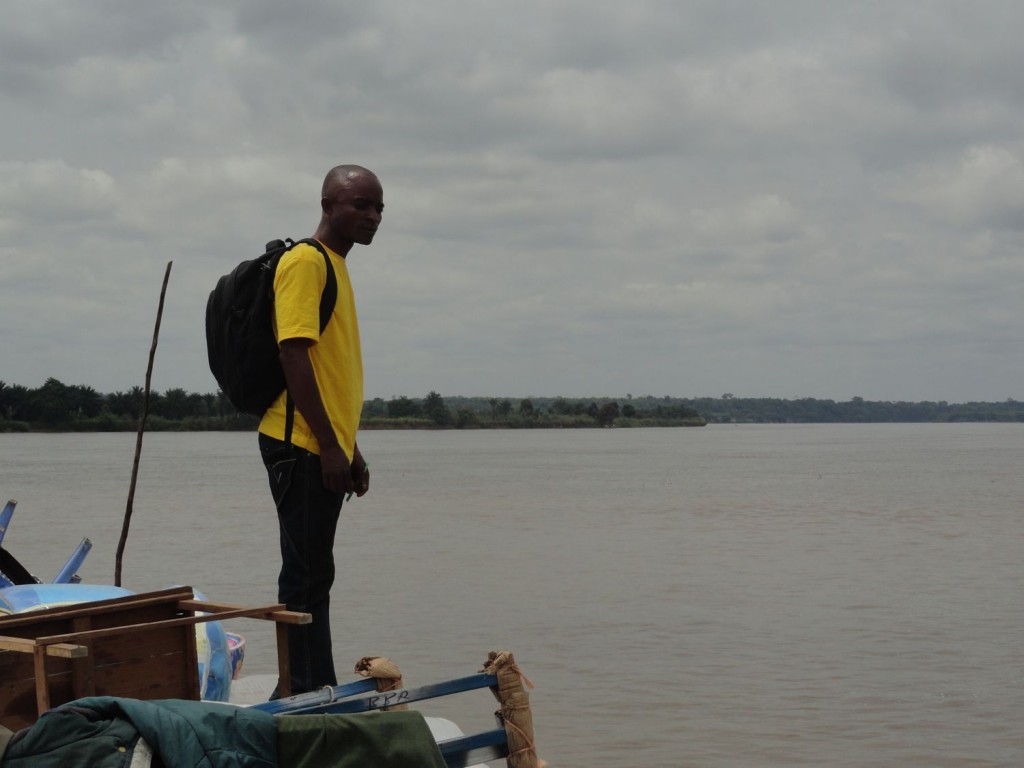
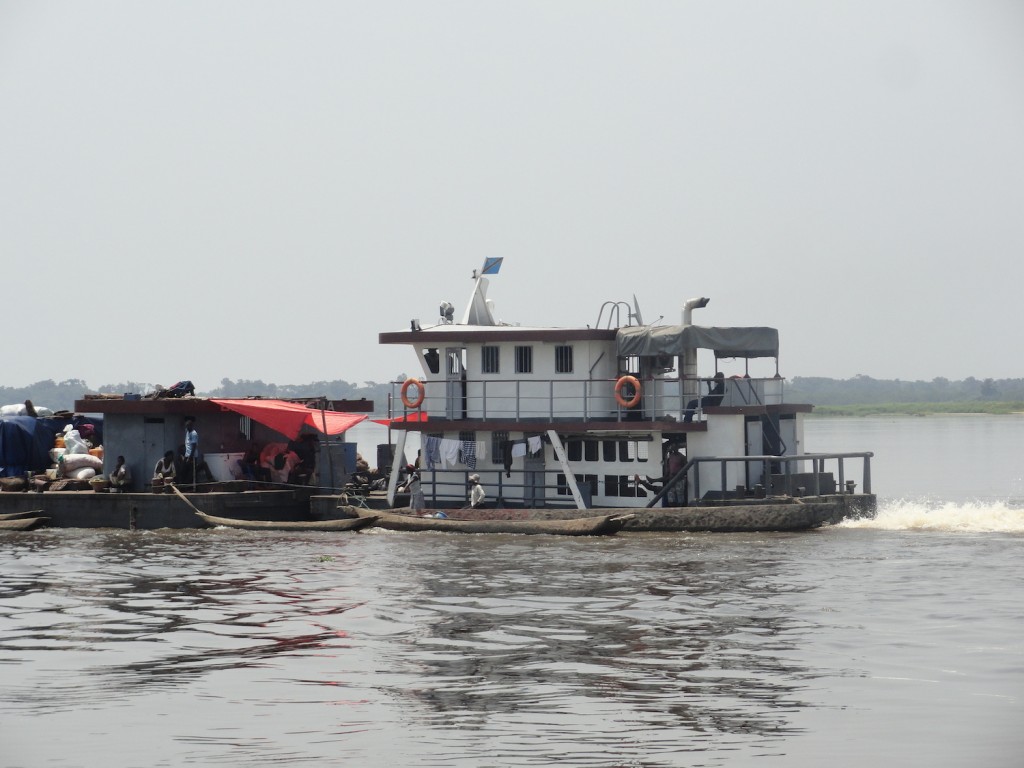
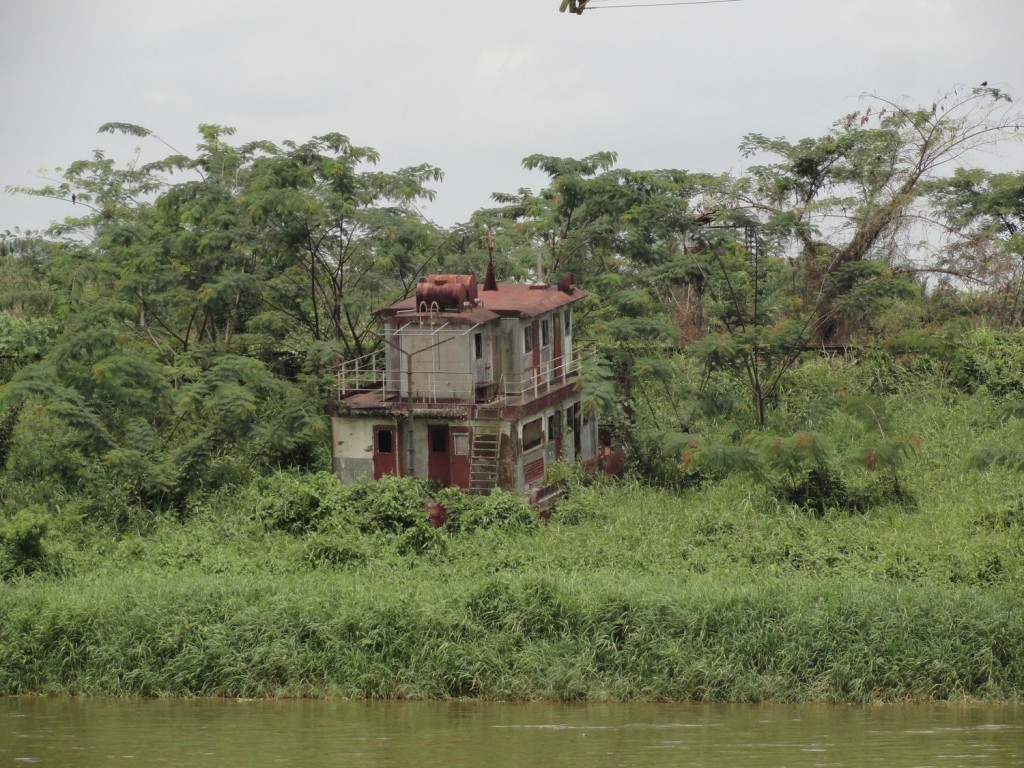
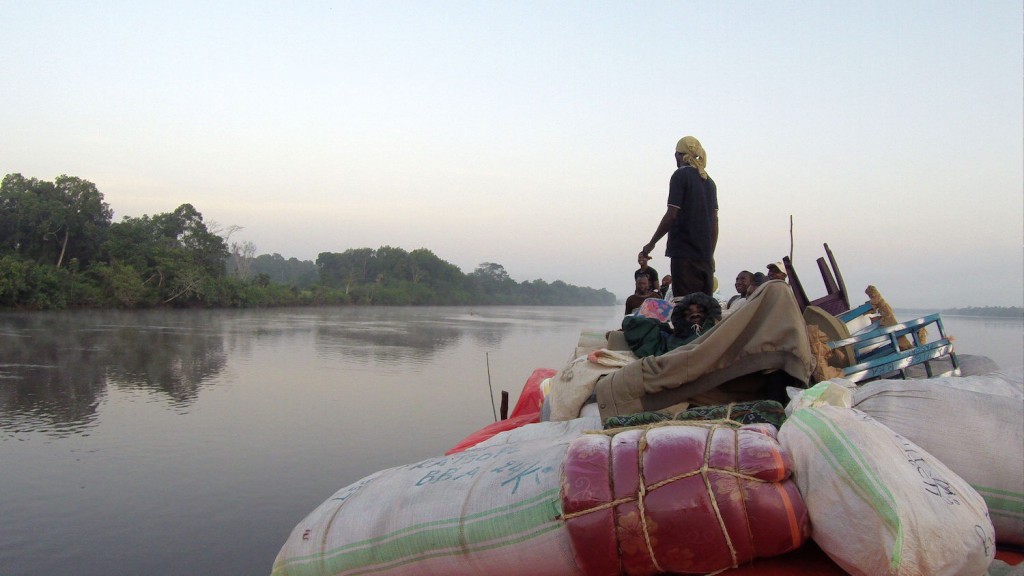
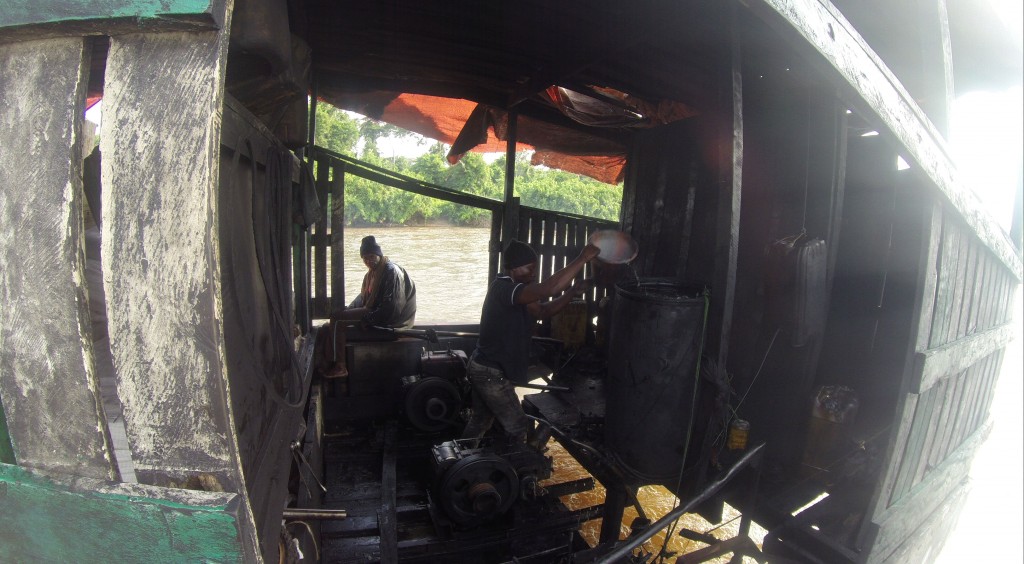
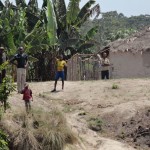
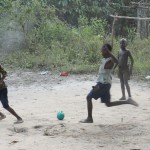
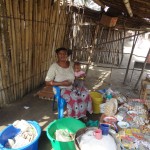
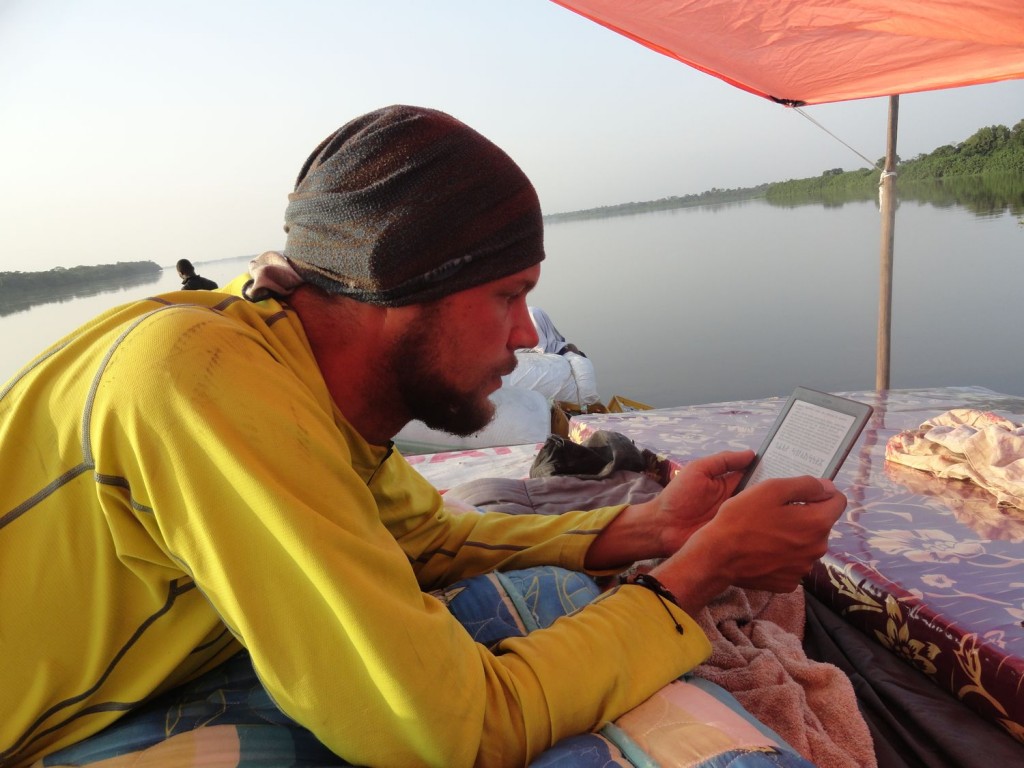
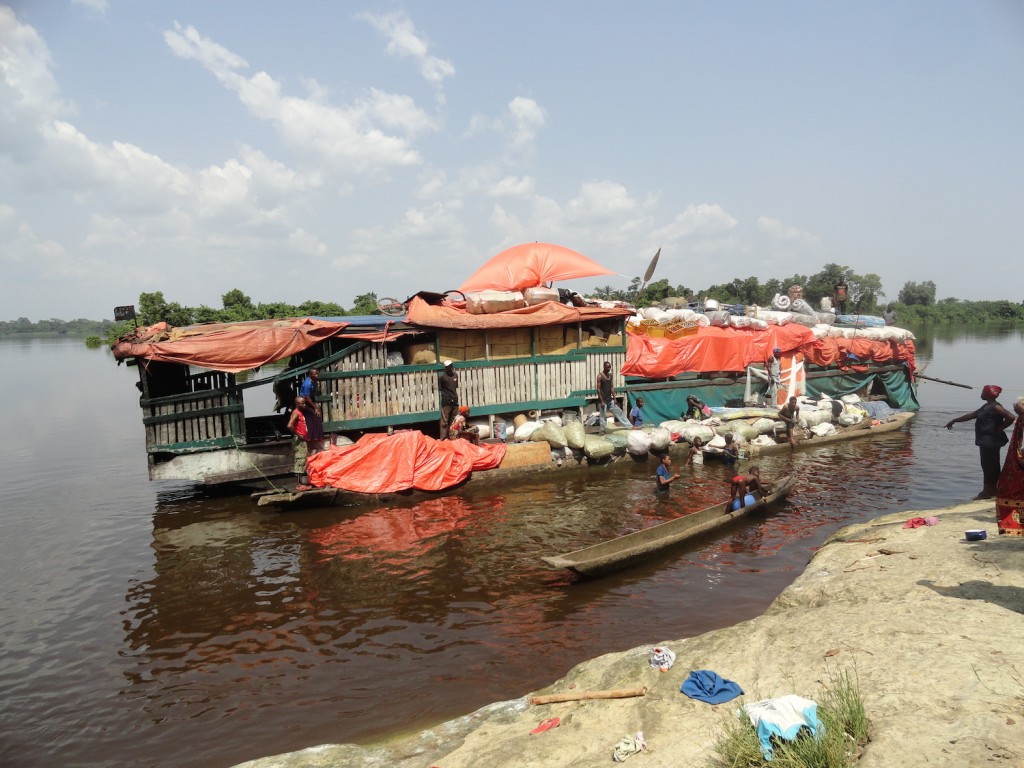
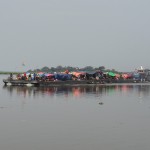
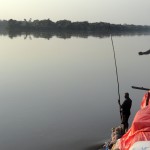
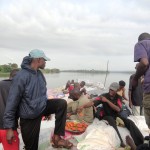
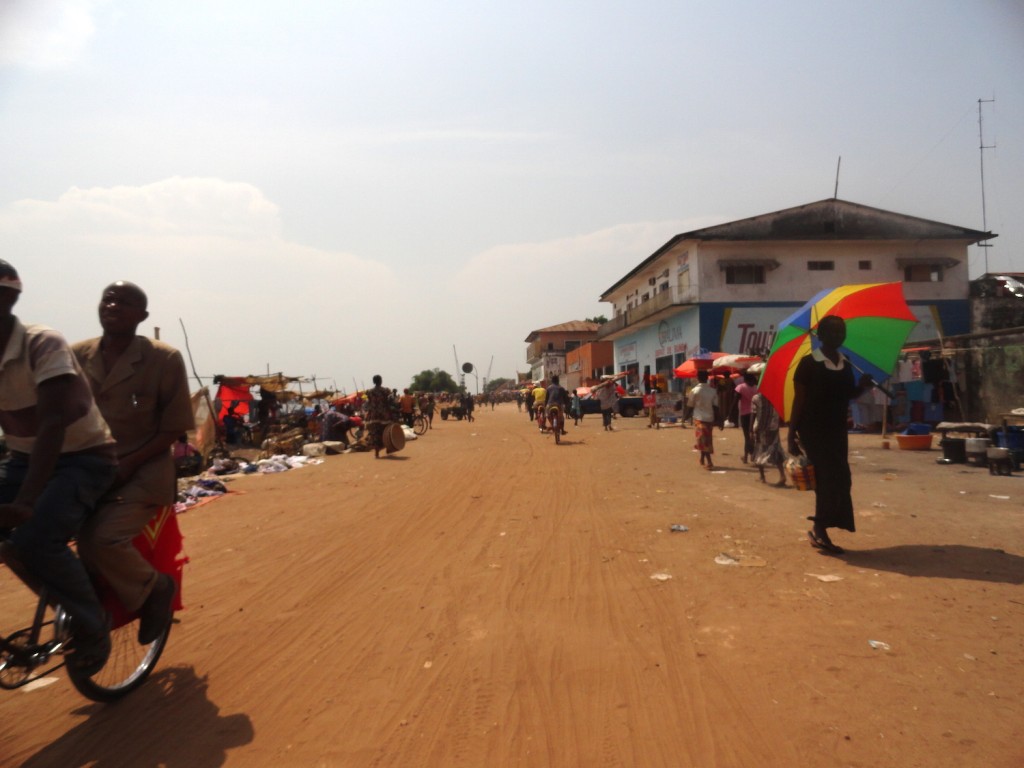
Magst du diesen Artikel? Teile ihn auf...
